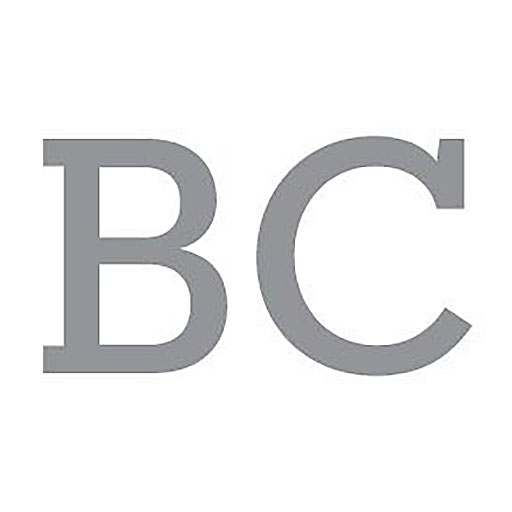All About Salmon
Seattle’s known for its salmon, in all shapes sizes and forms. Luckily enough, this honorary seventh food group is full health benefits.
Salmon is most known for being a great source of omega-3 fatty acids that protect your heart and brain. Beyond good fats, salmon is also a good source of protein, potassium, selenium, B vitamins and antioxidants.
As much as we love salmon in the Pacific Northwest, how much do we know about what we’re eating and why? Here’s a bit about what’s on your plate.
King Salmon, aka Chinook
Season: Available year-round, but mostly in April
Look and taste: Red, rich and firm.
The largest of all species, King salmon are about 20 pounds on average and have the highest amount of omega-3 fatty acids. You’ll find this specific salmon usually grilled with seasoning and lemon.
Coho, aka Silver
Season: July-November
Look and taste: Orange and versatile.
Coho are leaner and smaller than King salmon, averaging 12 pounds. Even though they aren’t as impressive in size or fat content, they’re the most versatile and easy to find.
Sockeye, aka Red
Season: July-October
Look and taste: Bright red, flavorful and lean.
Full-grown sockeyes average six pounds and top out at 15. Commonly used in households as burgers or smoked, sockeye salmon is the most accessible and usually cheaper option for those who want to experiment with new recipes.
Pink, aka Humpback
Season: June-September
Look and taste: Light pink, mild and small.
These smaller fish are caught by the millions each year and are used in fresh cooking, frozen and smoked but most of the time are processed and kept in cans or pouches.
Keta, aka Chum or Silverbrite
Season: June-September
Look and taste: Orange and mild
Keta are usually eight pounds, less colorful and less flavorful than a King or Sockeye so their market price is significantly lower. Most fishermen will point out that that’s why these little guys are so great – you still get a large portion of healthy food at a lower cost when you buy Keta.
Steelhead, aka Ocean Trout
Season: Year round
Look and taste: Bright red, flavorful and lean.
Salmon and trout species overlap – all pacific salmon and rainbow trout (including steelhead) falls into the same family, Oncorhynchus. Steelhead average eight pounds and have a rich, red color while being very lean.
Atlantic Salmon
Season: Year round
Look and taste: Orange and mild
Atlantic salmon are usually farmed and causes bit of a controversy because of it. Wild Atlantic salmon is no longer sold in markets due to its status on the endangered population list. There are pros and cons to buying farm-raised salmon which leads to a year-round supply and a low price. Just know, if you’re buying Atlantic salmon, it’s from a farm.



